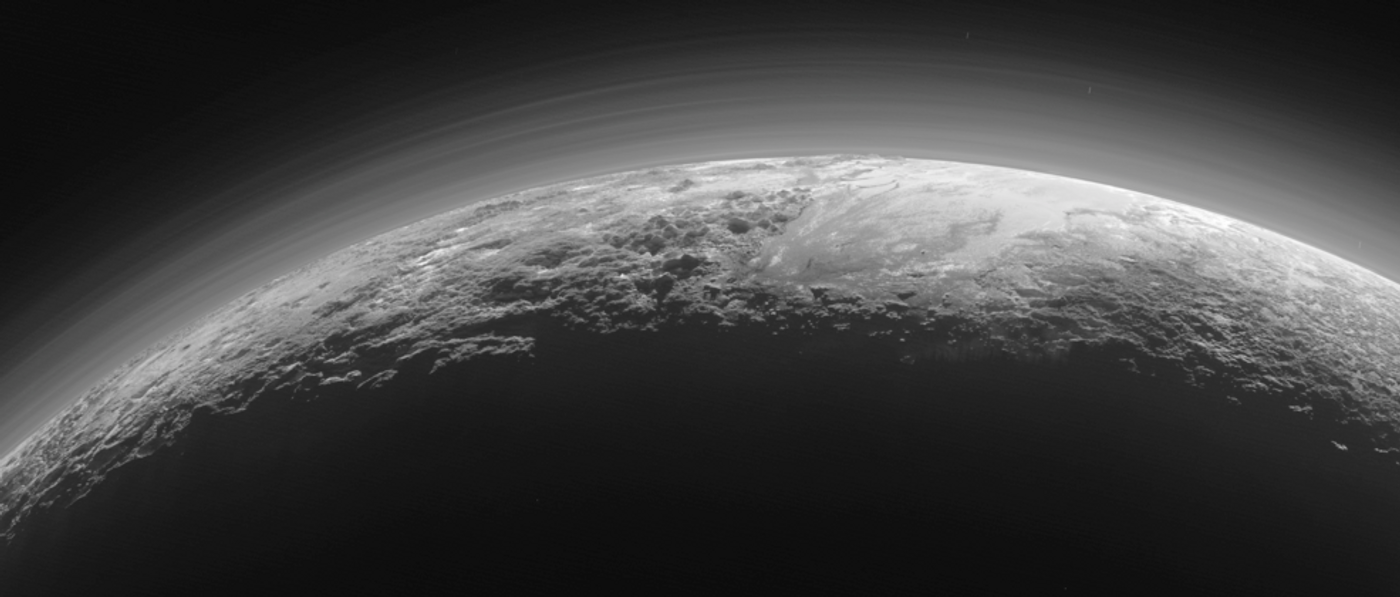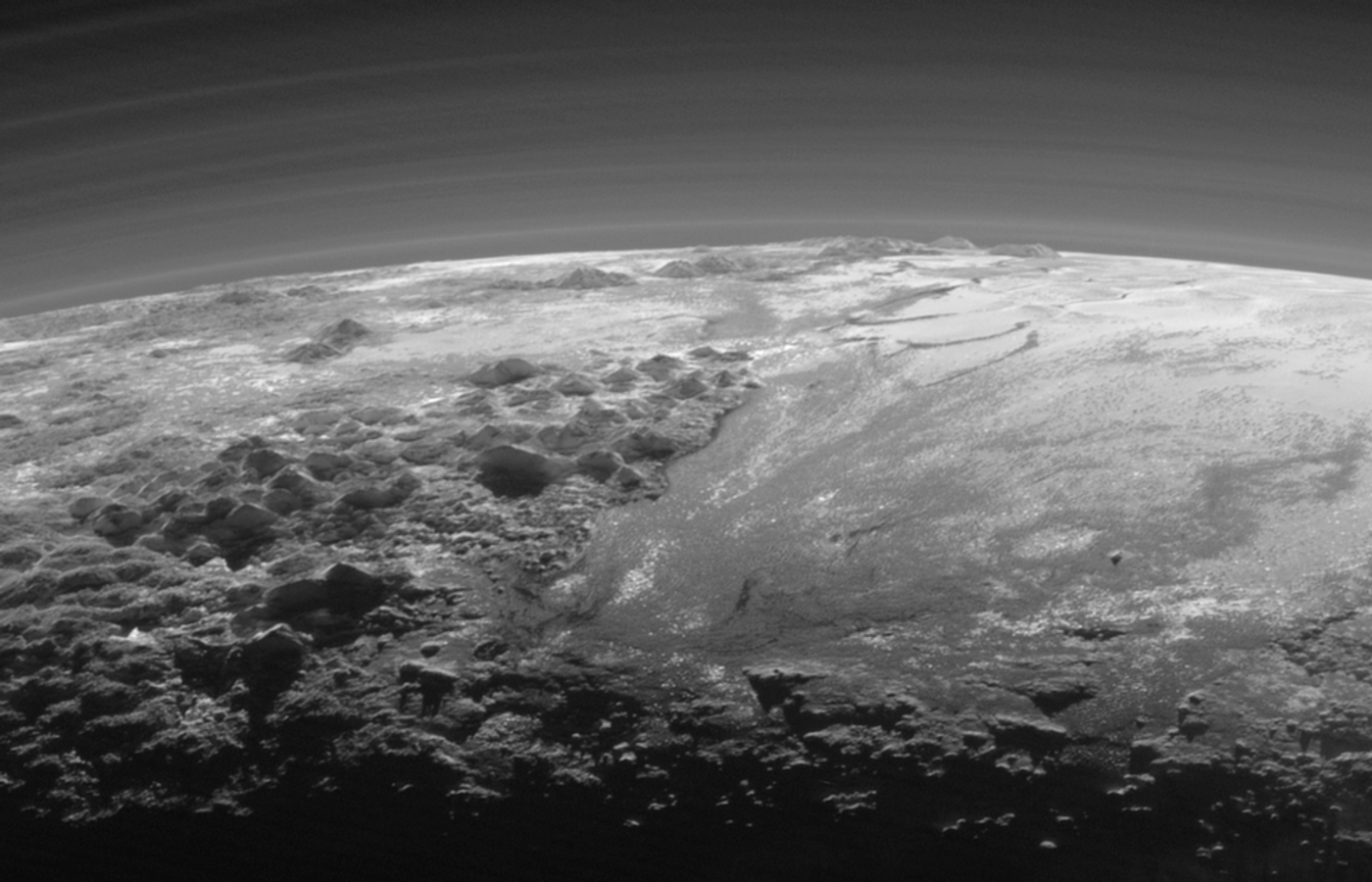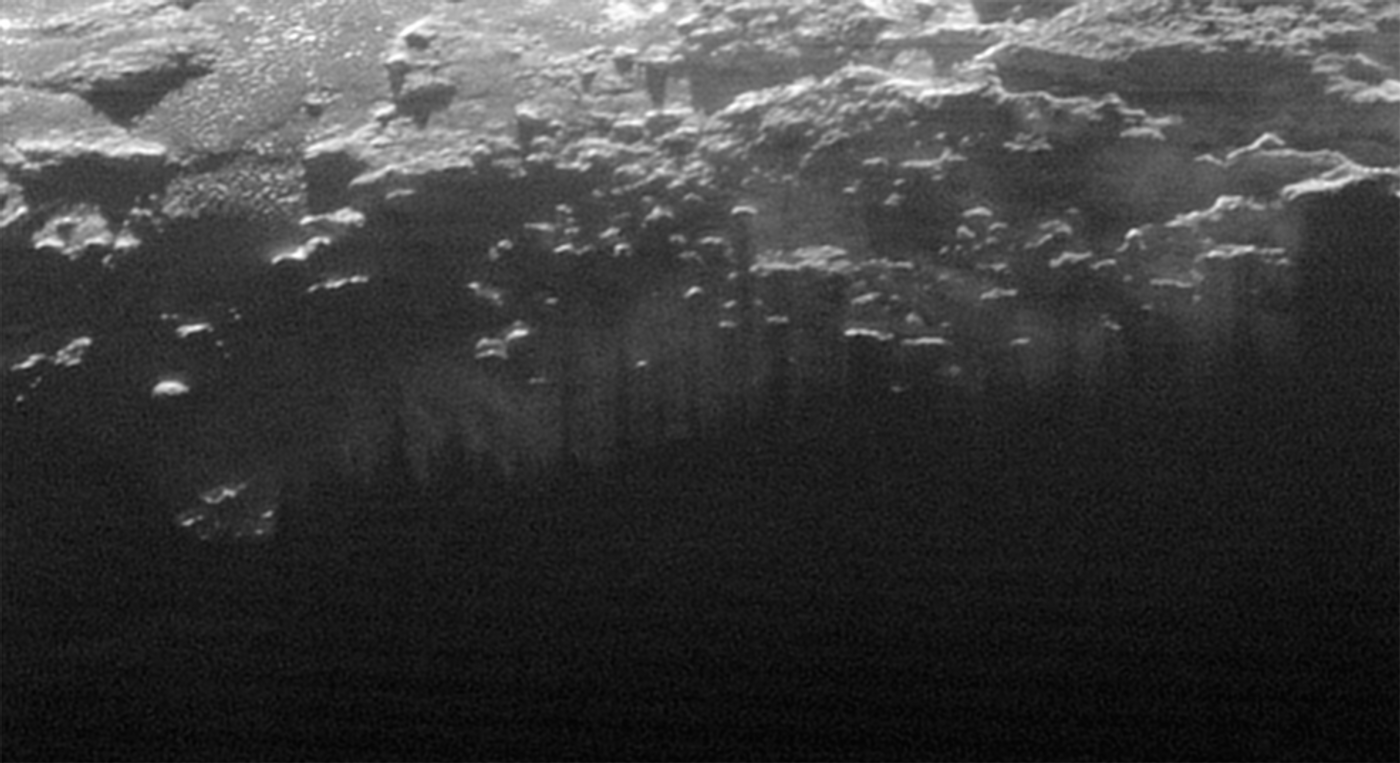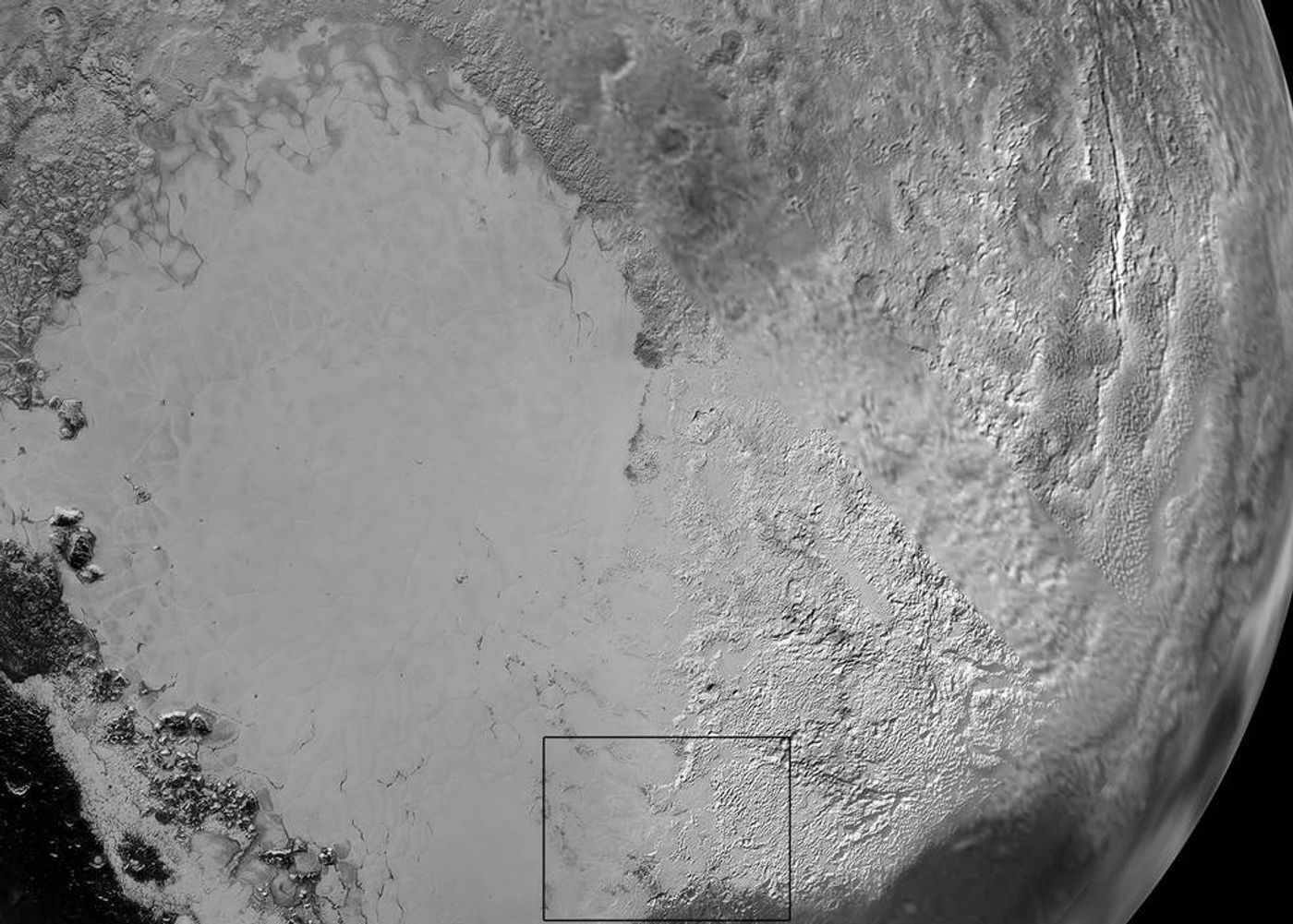Jaw-Dropping New Photos Released By NASA of Pluto Before & During New Horizons Approach
It was just back in July that NASA’s New Horizons spacecraft flew past Pluto with the mission of grabbing as detailed of photographs as possible before continuing into interstellar space, and it managed to do just that and grab some very high-detail close-up images of Pluto.
But it wasn’t just that single color photograph that the New Horizons spacecraft captured; instead, the spacecraft went into a high sensitivity mode, in which it got into position to snap several photographs during the fly-by process.
NASA has been receiving those photographs slowly over time, and has been releasing them over time to the public for viewing. It takes time because New Horizons is very far away from Earth – more than 3 billion miles away – and transmitting those radio waves back to Earth isn’t exactly as fast as the fiber optic or cable broadband connections you may have at home.
On Thursday, September 17th, NASA has released additional photographs that it received from the New Horizons spacecraft. These photographs show the surface of Pluto in high detail, illustrating the mountainous terrains of Pluto, and getting a good look at the icy ‘heart’-shaped plain on Pluto’s surface.
NASA says they got the images on September 14th from New Horizons’ wide-angle Multispectral Visual Imaging Camera (MVIC). At New Horizons’ height, the wide-angle lens was able to capture what NASA says is 780 miles of Pluto’s surface in a single shot.
“This image really makes you feel you are there, at Pluto, surveying the landscape for yourself,” said New Horizons Principal Investigator Alan Stern, of the Southwest Research Institute, Boulder, Colorado. “But this image is also a scientific bonanza, revealing new details about Pluto’s atmosphere, mountains, glaciers and plains.”
The images also show off the mysterious-looking haze that floats over the planet’s surface due to the frozen nitrogen that encapsulates the surfaces of Pluto’s plains, such as the famous ‘heart’-shaped area on the surface that appears in the first image of Pluto that NASA released.
"In addition to being visually stunning, these low-lying hazes hint at the weather changing from day to day on Pluto, just like it does here on Earth," said Will Grundy, lead of the New Horizons Composition team from Lowell Observatory, Flagstaff, Arizona.
To see more of the photos, check out the video below:
Since Pluto is now entering interstellar space, NASA wants to send the probe to a Kuiper Belt Object (KBO) known as 2014 MU69. It's an icy body that lies out in the middle of the Kuiper Belt. Scientists expect that studying it, as far out in space as it is, could help us better understand the formation of our solar system.
Source: NASA












